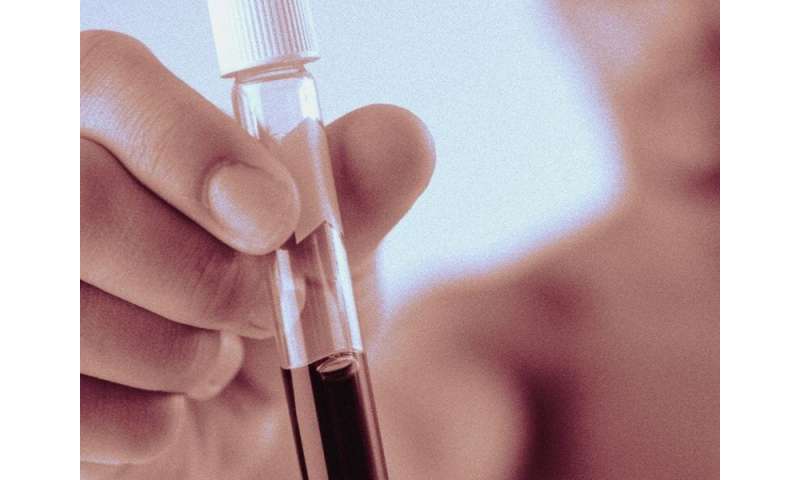
(HealthDay)—Even very low concentrations of high-sensitivity cardiac troponin I (hs-cTnI) cannot safely rule out inducible myocardial ischemia in patients with symptomatic coronary artery disease (CAD), according to a study published online Jan. 7 in the Annals of Internal Medicine.
Joan Walter, M.D., Ph.D., from University Hospital Basel in Switzerland, and colleagues measured circulating hs-cTn concentrations among 1,896 consecutive patients with CAD referred with symptoms possibly related to inducible myocardial ischemia. Providers were blinded to results from tests used to adjudicate the presence of inducible myocardial ischemia, including myocardial perfusion imaging with single-photon emission computed tomography and, when available, coronary angiography and fractional flow reserve measurements.
The researchers found that 46 percent of patients had inducible myocardial ischemia. A cutoff value of 2.5 ng/L for hs-cTnI provided a negative predictive value (NPV) of 70 percent and a sensitivity of 90 percent for exclusion of inducible myocardial ischemia. There was no hs-cTnI cutoff that reached both predefined performance characteristic targets. With alternative assays (hs-cTnI or hs-cTnT), there was no cutoff that achieved the target performance: hs-cTnT concentrations <5 ng/L yielded an NPV of 66 percent, and hs-cTnI concentrations <2 ng/L yielded an NPV of 68 percent.
“In conclusion, in symptomatic patients with CAD, very low hs-cTn concentrations, including hs-cTnI-Architect concentrations below 2.5 ng/L, do not generally allow users to safely exclude inducible myocardial ischemia,” the authors write.
Source: Read Full Article
